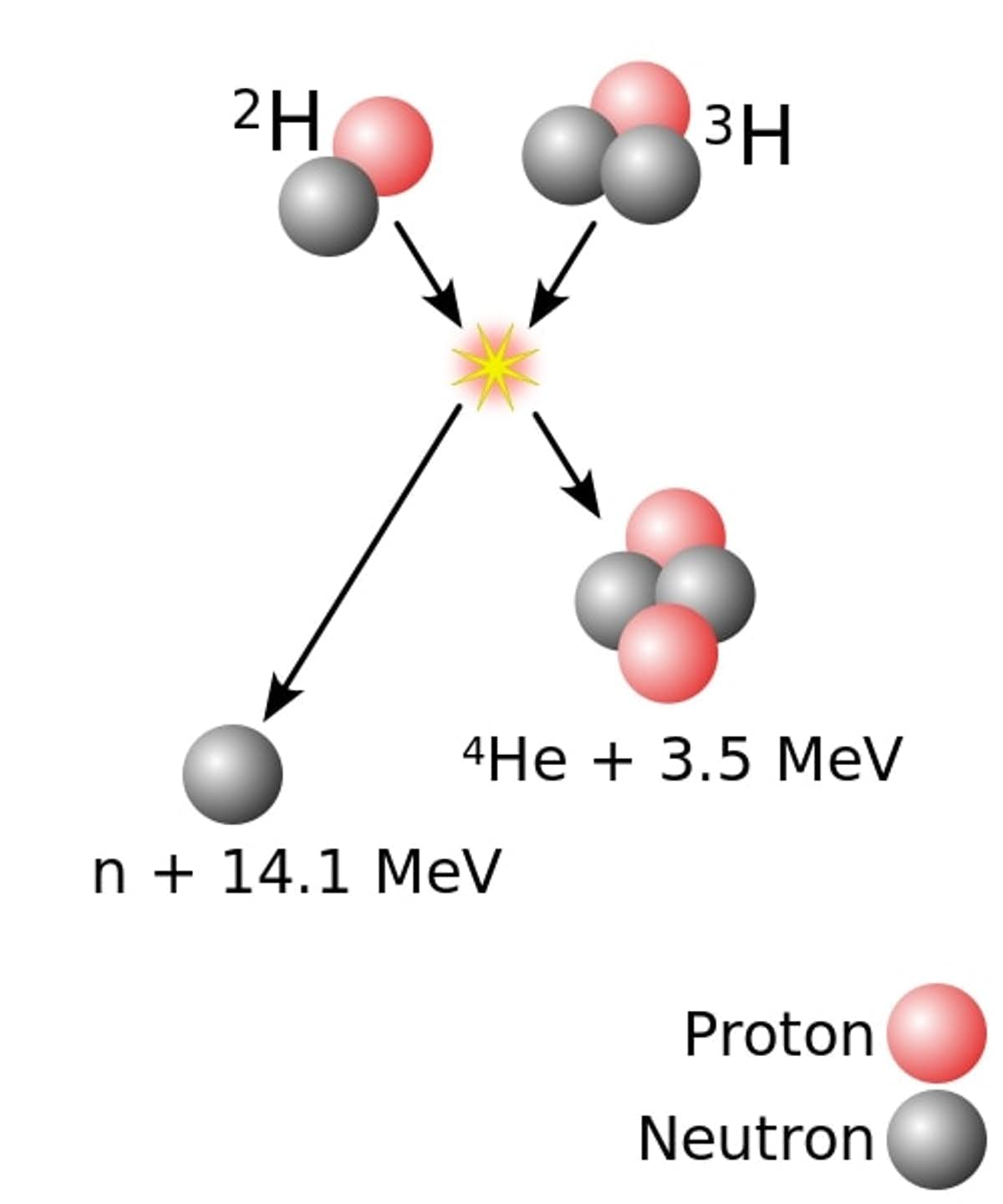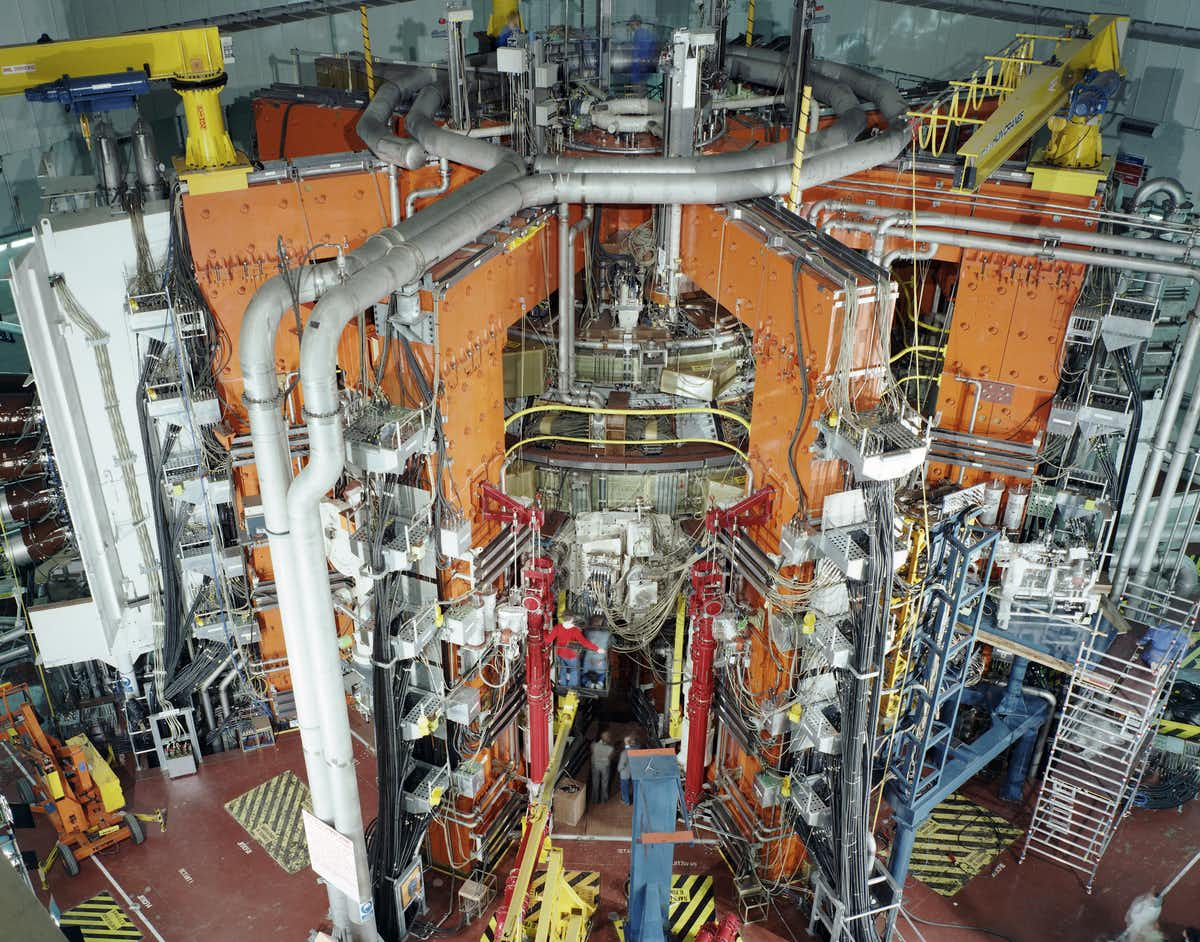Nuclear fusion reaches a milestone thanks to better reactor walls - this engineering development leads to the reactors of the future, say researchers following the success of an experiment in the UK
By: David Donovan, Associate Professor of Nuclear Engineering, University of Tennessee And Livia Kazali, Assistant Professor of Nuclear Engineering, Fellow in the Zinkel Faculty of Physics, University of Tennessee

Scientists at a laboratory in England have broken a record for the amount of energy produced in a controlled, self-sustaining fusion reaction. The energy output of 59 megajoules for five seconds in the JET experiment in England was called a "breakthrough" by the media and caused great excitement among physicists. But it is common to argue about fusion electricity generation that it is "always 20 years in the future".
We are nuclear physicists and nuclear engineers researching how to develop controlled nuclear fusion to generate electricity.
JET's results show remarkable progress in understanding the physics of fusion. They also show, and just as importantly, that the new materials used to build the inner walls of the reactor are working as intended. The fact that the new sidewall structure worked as successfully as it did is what sets these results apart from previous landmarks and advances magnetic fusion another step from dream to reality.
Nuclear fusion is the fusion of two atomic nuclei into one complex beryllium nucleus. This nucleus then decays and releases energy in the form of new rapidly moving atoms and particles. A fusion power plant will capture the moving particles and use their energy to generate electricity.
There are several different ways to safely control fusion on Earth. Our research focuses on the approach taken at JET – using strong magnetic fields to confine atoms until they heat up to a high enough temperature that they overcome their electromagnetic repulsion and fuse.
The fuel for current and future reactors is two different isotopes of hydrogen - meaning they have one proton but a different number of neutrons - called deuterium and tritium. A normal hydrogen nucleus has one proton and no neutrons. Deuterium has one proton and one neutron and tritium has one proton and two neutrons.

For a fusion reaction to be successful, the fuel atoms must first be heated enough for the electrons to be released from the nuclei. This creates a plasma—a collection of electrons and positive ions. After that, you have to continue heating this plasma until it reaches a temperature of more than one hundred million degrees Celsius. So you have to keep this plasma in a confined space at high density for long enough so that the fuel atoms collide and fuse together.
To control fusion on Earth, researchers have developed a pretzel-shaped device called a tocomac that uses magnetic fields to contain the plasma. Magnetic field lines that wrap around the inside of the pretzel act like railroad tracks along which the ions and electrons move. By injecting energy into the plasma and heating it, the fuel particles can be accelerated to such high speeds that when they collide, instead of scattering like billiard balls, the hydrogen nuclei fuse. When this happens, they release energy, mostly in the form of fast-moving neutrons.
During the fusion process, fuel particles gradually drift out of the hot, dense core and eventually collide with the inner wall of the fusion vessel. To prevent fusion of the walls due to these collisions - which also contaminate the fusion fuel - reactors are built in such a way that they direct the stray particles into a highly armored chamber called a deflector. It draws out the deflected particles and removes any excess heat to protect the Tocomac.
For an article in The Conversation
More of the topic in Hayadan:

3 תגובות
Won't nuclear fusion in large quantities cause the earth to heat up?
Solar energy seems to be a much better solution.
Even if the problems of nuclear fusion are solved, there is still a problem of the heat that will be emitted and may cause the heating of the earth. Solar energy seems to be a much better solution.
The main thing in the title is talking about the innovation in the sides of the reactor, but in the body of the article there was not a word about it, they just recycled some general explanation about the physics of nuclear fusion.